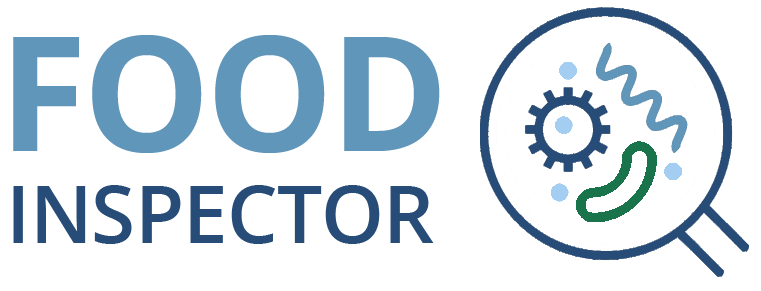Rare Burgers and E.coli
There has been some misreporting and inaccurate information given by some when referring to the subject of rare burgers and E.coli (often referred to more accurately as ‘burgers less than thoroughly cooked’). Food safety inspectors have drawn criticism for having concerns over the under-cooking of burgers, have been accused of stifling the creativity of chefs and, even, ruining the quality of an entire ‘brand’! The following view was put by a well-respected environmental health professional in response to a newspaper article that was published on the subject of enforcement in such cases. I think his response summarises the position rather well:
“The uproar surrounding [the] decision to ‘ban’ raw burgers and suppress ‘freedom of choice’ has been sadly misinformed. Are our memories so short, that we have forgotten the lessons learnt from the public inquiries held into the fatal outbreaks of E.coli O157 in Scotland (1996) and Wales (2005)? It is evident from the majority of comments from members of the public in newspapers and on blogs that many do not understand the health risks associated with serving an undercooked burger (made from mince).”
Contamination at Slaughter
The process of killing and dressing the bovine animal inevitably leads to the spread of bacterial contamination onto the surface of the cow; which is why the presumption has always been that raw beef is contaminated with bacteria. This has been considered as unavoidable and inevitable consequence of the process (albeit, one which must be minimised as far as possible). A rare burger is not the same as a rare steak. The very process of mincing results in any external contamination being evenly distributed throughout the product which is why burgers made form mince should be cooked to sufficient temperatures throughout in order to kill the pathogens such as E.coli O157 that may be present. Remember that it is the very low infective dose (just a few organisms ingested) that makes pathogens like O157 so high risk.
Rare Burgers and E.coli – Rule Changes
In Europe food businesses have a legal duty to assess the risks to food safety arising from their operations and to put in place adequate controls to minimise/eliminate the risk of pathogens surviving. Food inspectors do not ban businesses cooking rare burgers per se; they are able to prohibit certain processes or require improvements if they are not satisfied with food hygiene controls in place. It is for businesses to demonstrate that their controls are sufficient to eliminate the E.coli risk. This is usually achieved by monitoring sufficient cooking temperatures. The difficulty for operators is in ensuring that they are able to demonstrate that they have taken all reasonable measures to prevent food poisoning taking place (often referred to as due diligence); especially since the risks associated with meat are so well known. Maintaining practices based on the fact that there have been no previous ‘reported’ cases of E.coli food poisoning associated with a particular establishment or chain does not cut the mustard. It’s a flawed line of reasoning that disregards the evidence base; the argument that one shouldn’t be required to act until someone becomes seriously ill flies in the face of the HACCP principles.
However, in the UK, recent guidance did recently introduce the possibility of lower cooking temperatures in order to allow operators to provide a pinker, more juicy, burger. In order to do this the Food Standards Agency have set out criteria which, in effect, overturns the long-held position of professionals that there is an inevitability for contamination at slaughter. In short, it states that if strict anti-contamination controls are put in place and implemented at slaughter (and, subsequently, throughout the food chain) measures that achieve a 4-log reduction in bacteria (as opposed to a 6-log reduction) would be sufficient. Providing a more complex message has led to some confusion with some operators adopting lower time/temperature combinations without sufficient supplier controls, HACCP foundation, rigorous monitoring procedures or laboratory analysis. The result of which has been examples of the restaurant and takeaway sector gambling on the E.coli roulette wheel.
Thorough Cooking Wins Every Time
The industry knows where it stands with a core temperature/time combination that results in thorough cooking. It is my belief that the most effective public health messaging is often the most simple. With minced meat and minced meat products my advice is that you should always ensure that the entire product is heated through to a sufficient core temperature that will kill bacteria such as E.coli O157. Whole cuts of red meat may be served rare as long the whole of the outer surface is cooked sufficiently. Precautions can be taken to ensure that the risks associated with dishes such as carpaccio and steak tartare are minimised (for example, by searing the trimmed outer surface of the fillet and adhering to strict cross-contamination controls). Poultry should never be served rare as there are continuing issues with bugs like Campylobacter and Salmonella that mean that the whole bird is contaminated (as opposed to just the outer surfaces). Similar problems are associated with pork which should also be cooked thoroughly

